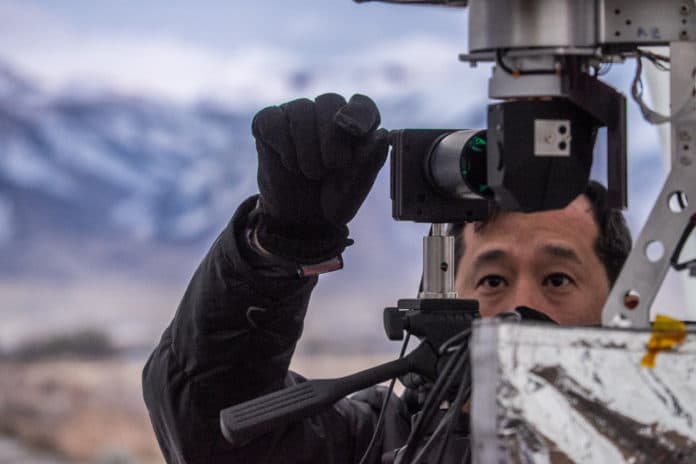Earlier this year, Alphabet decided to end the project Loon, the aim of which was to provide high-speed internet access to remote communities via a fleet of high-altitude balloons, but its legacy looks set to live on through a new effort called Project Taara.
The team has used the technology developed for Loon, based on wireless optical communications (WOC) links, which has just been used in the Taara project, to deliver internet connectivity with lasers, demonstrating the viability in a new test between two cities separated by the Congo River.
The Taara project is being developed by X – Alphabet’s branch dealing with innovative, cutting-edge initiatives. Even during the Loon times, its members noticed the great potential of WOC links when they were able to transfer data between balloons located over 100 km from each other. The team began to investigate whether the technology could be used in the field.
Project Taara can be considered the terrestrial version of Project Loon, as it uses a technology similar to that used for the connection between balloons in the stratosphere. The company had already started the project in India, but a broadband connection has now been established between Brazzaville in the Republic of Congo and Kinshasa in the Democratic Republic of the Congo.
Separated by the Congo River, the world’s deepest and second fastest river, Brazzaville and Kinshasa are only 4.8 km apart – yet connectivity is five times more expensive in Kinshasa because the fiber connection has to travel more than 400 km to route around the river.
Thanks to the laser link, nearly 700 TB of data were transmitted in 20 days with 99.9% availability. While the team doesn’t expect to see perfect reliability in all kinds of weather and conditions in the future, they’re confident Taara’s links will continue to deliver similar performance and will play a key role in bringing faster, more affordable connectivity to the 17 million people living in these cities.
The two terminals (which must be visible to each other) use a pointing and tracking technology. The mirrors move automatically so that the laser is able to hit a 5 cm wide target at a distance of 10 km.
The idea is certainly interesting and offers yet another alternative to other internet connectivity projects in remote and rural areas.
